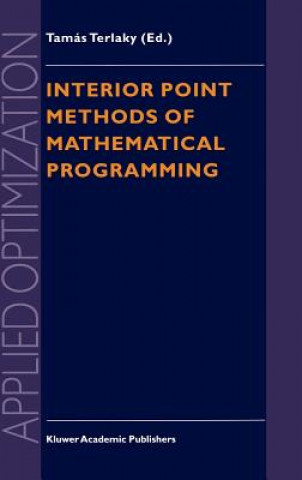
Code: 02705358
Interior Point Methods of Mathematical Programming
by Tamás Terlaky
One has to make everything as simple as possible but, never more simple. Albert Einstein Discovery consists of seeing what every body has seen and thinking what nobody has thought. Albert S. ent_Gyorgy; The primary goal of this bo ... more
- Language:
 English
English - Binding: Hardback
- Number of pages: 530
Publisher: Springer, 1996
- More about this

342.18 €

Low in stock at our supplier
Shipping in 10 - 14 days
Potřebujete více kusů?Máte-li zájem o více kusů, prověřte, prosím, nejprve dostupnost titulu na naši zákaznické podpoře.
Add to wishlist
You might also like
-

Research & Design
31.23 € -4 %
Give this book as a present today
- Order book and choose Gift Order.
- We will send you book gift voucher at once. You can give it out to anyone.
- Book will be send to donee, nothing more to care about.
More about Interior Point Methods of Mathematical Programming
You get 862 loyalty points
 Book synopsis
Book synopsis
One has to make everything as simple as possible but, never more simple. Albert Einstein Discovery consists of seeing what every body has seen and thinking what nobody has thought. Albert S. ent_Gyorgy; The primary goal of this book is to provide an introduction to the theory of Interior Point Methods (IPMs) in Mathematical Programming. At the same time, we try to present a quick overview of the impact of extensions of IPMs on smooth nonlinear optimization and to demonstrate the potential of IPMs for solving difficult practical problems. The Simplex Method has dominated the theory and practice of mathematical pro gramming since 1947 when Dantzig discovered it. In the fifties and sixties several attempts were made to develop alternative solution methods. At that time the prin cipal base of interior point methods was also developed, for example in the work of Frisch (1955), Caroll (1961), Huard (1967), Fiacco and McCormick (1968) and Dikin (1967). In 1972 Klee and Minty made explicit that in the worst case some variants of the simplex method may require an exponential amount of work to solve Linear Programming (LP) problems. This was at the time when complexity theory became a topic of great interest. People started to classify mathematical programming prob lems as efficiently (in polynomial time) solvable and as difficult (NP-hard) problems. For a while it remained open whether LP was solvable in polynomial time or not. The break-through resolution ofthis problem was obtained by Khachijan (1989).
 Book details
Book details
Book category Books in English Mathematics & science Mathematics Probability & statistics
342.18 €
- Full title: Interior Point Methods of Mathematical Programming
- Author: Tamás Terlaky
- Language:
 English
English - Binding: Hardback
- Number of pages: 530
- EAN: 9780792342014
- ISBN: 0792342011
- ID: 02705358
- Publisher: Springer
- Weight: 2100 g
- Dimensions: 234 × 156 × 34 mm
- Date of publishing: 01. September 1996
Trending among others
-

How to Lie with Statistics
11.24 € -28 % -

Naked Statistics
16.26 € -14 % -

Cartoon Introduction to Statistics
17.06 € -25 % -

Logic of Miracles
35.85 € -9 % -

Statistics For Dummies, 2nd Edition
18.17 € -29 % -

Theory That Would Not Die
18.07 € -

Elements of Statistical Learning
86.67 € -

An Introduction to Statistical Learning
130.46 € -
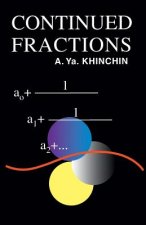
Continued Fractions
7.52 € -25 % -

How to Lie with Statistics
10.64 € -29 % -

Introduction to Statistical Learning
68.69 € -

Probability Theory
7.92 € -28 % -

Schaum's Outline of Probability and Statistics
19.17 € -28 % -
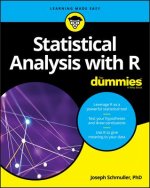
Statistical Analysis with R For Dummies
20.98 € -35 % -
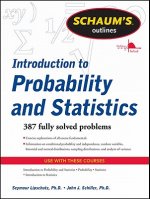
Schaum's Outline of Introduction to Probability and Statistics
25.30 € -20 % -

Statistical Analysis of Experimental Data
17.37 € -23 % -

Introduction to the Practice of Statistics
92.99 € -

Schaum's Outline of Probability, Random Variables, and Random Processes, Fourth Edition
26.91 € -19 % -

Foundations of the Theory of Probability
10.33 € -
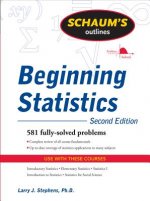
Schaum's Outline of Beginning Statistics, Second Edition
30.02 € -19 % -

Introductory Econometrics for Finance
65.88 € -

Modern Introduction to Probability and Statistics
39.86 € -13 % -

First Course in Probability, Global Edition
97.92 € -

Probability
90.78 € -

Introductory Statistics
145.32 € -

Mathematics of Technical Analysis
38.06 € -24 % -

Cambridge International AS & A Level Mathematics Probability and Statistics 1 Student's Book
29.52 € -

Biostatistics For Dummies
17.47 € -32 % -

Statistics Done Wrong
22.99 € -11 % -

Discovering Statistics Using R
84.86 € -9 % -

Introduction to Statistical Learning
85.66 € -

Manga Guide To Regression Analysis
21.89 € -15 % -

Probability, Statistics and Truth
12.14 € -24 % -
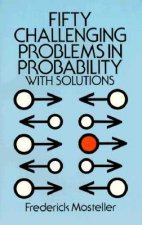
Fifty Challenging Problems in Probability with Solutions
9.23 € -24 % -

Manga Guide To Statistics
22.09 € -14 % -

Introduction to Probability, Second Edition
90.99 € -4 % -

Measurement: A Very Short Introduction
10.03 € -28 % -

Statistics
66.78 € -

Bayesian Data Analysis
105.45 € -4 % -

Head First Statistics
34.94 € -23 % -

Statistics: A Very Short Introduction
9.23 € -28 % -

Doing Bayesian Data Analysis
83.45 € -

Statistical Inference
99.92 € -
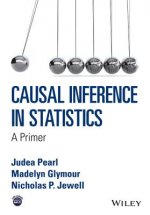
Causal Inference in Statistics - A Primer
41.07 € -7 % -

Data Science Handbook
48.80 € -26 % -

Foundations of the Theory of Probability: Second English
11.24 € -28 % -

Think Stats 2e
34.84 € -1 % -

Generalized Additive Models
111.78 € -

Bayesian Statistics - An Introduction 4e
88.37 €
Collection points Bratislava a 2642 dalších
Copyright ©2008-24 najlacnejsie-knihy.sk All rights reservedPrivacyCookies


 15549 collection points
15549 collection points Delivery 2.99 €
Delivery 2.99 € 02/210 210 99 (8-15.30h)
02/210 210 99 (8-15.30h)